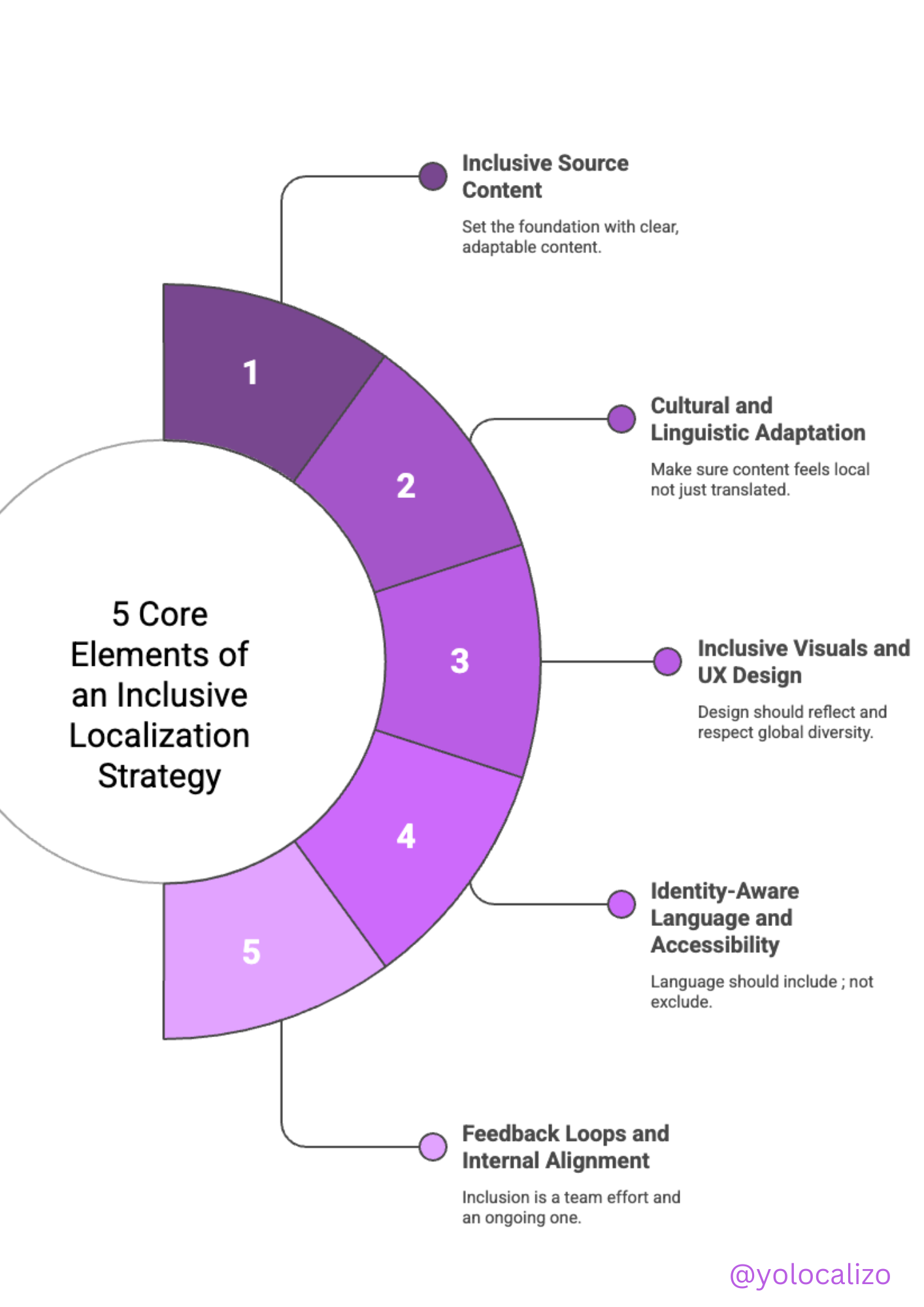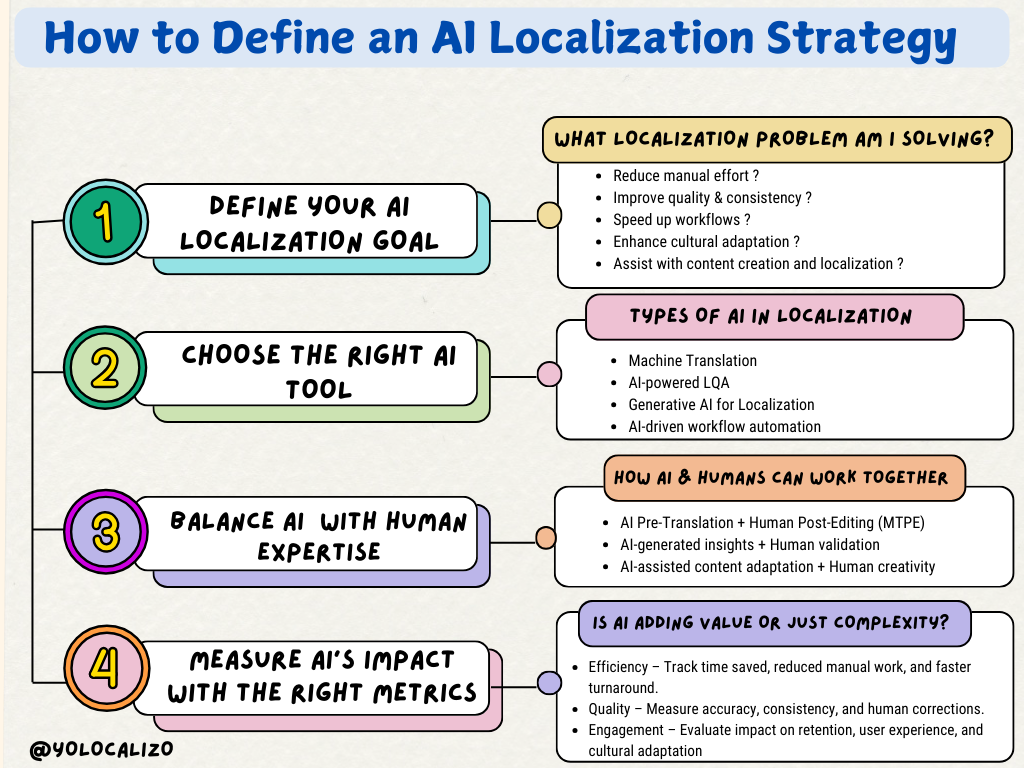How do you build an internal Localization department and its strategy from scratch?
Reality shows us once again that crises bring opportunities, and within this terrible pandemic we are going through, certain industries are shining. And as far as our industry is concerned, we see that certain sectors are living a golden age.
Reading a few days ago the SpendEdge report I could see that the COVID has hit our industry less than expected, it is growing at a good pace, and in a way it is reasonable.
In this online world we live in, amplified by the restrictions of free travel, our internet browser is our little window to the world, and it is much more than that, it is the way we make a living, it is the way we shop or the way we invest in our leisure.
It is for this reason that companies related to eCommerce, video streaming, gaming or food delivery are seeing unprecedented growth.
The report made me reflect and connect the fact that in the last months I have seen more movements and offers in Localization Managers (or similar) profiles than in the last years. Many of these offers are in end clients, and while it is true that outsourcing and the use of LSPs is a tremendously effective practice in our industry, there is a pattern that is growing.
Create an internal Localization/Globalization departments at the client side.
There are startups hiring Localization professionals to set up Localization departments from scratch.
There are more established companies that are in the position of having to grow their internal Localization departments to be able to meet the demand they have to generate localized content. And the truth is that Localization Project Manager offers are flourishing lately on LinkedIn.
Given this trend that seems to be emerging and this return to build internal Localization teams, the question that may arise is ...
How do you build an internal Localization department and its strategy from scratch?
And that's what my post this week is about, I want to share with you a series of suggestions that I have found useful when setting up internal Localization teams.
During my career, I have had the opportunity to set up teams from scratch in 3 different companies, this week I wanted to share with you a series of tips that I think can be useful. I see it as the Localization Triumvirate.
1. Set up the team with a shared services approach
One of the first decisions you need to make and which in my opinion is key to lay a good foundation for the future is to set up your localization department in such a way that it is central and established as shared services.
What do shared services mean in this context?
Basically what I mean is that Localization is a central team that supports all business groups.
You want to position Localization as a central team that supports all the business groups. By doing this we are enabling a centralized control over processes, workflows, technology implementation, and language service providers. And this will have a big impact on consistency as it ensures that process execution will be accurate across all corporate projects.
2. Create an internal organization to cover future expansion needs.
Such an organization will need at least the following structure to allow you to effectively manage your Localization Program
The Head of Localization
The head of Localization is responsible for: defining the Globalization strategy, align business functions, define best practices, and establishing a relationship with language providers
The Head of localization has the ownership of the success of the overall localization program
The Localization PM
Localization PMs are the glue between the different business functions internally and external providers
Overall they take care of all the aspects related to production such as assign resources, define schedule activities, monitor project status, and communicate progress to stakeholders
The Localization Engineer
This is an important role that you must consider when you are creating your localization program.
This person will be your technologist, ensuring the right TMS, production workflow and internationalization best practices are in place
Their main responsibility is supporting the Localization program is running effectively, within budget, and avoiding bottlenecks in production
Additionally in your internal localization team, you might have also Language Specialist and Localization QA testers, but in my experience, these 2 functions worked better for me by being outsourced as it was more efficient from a cost perspective and it was easier to scale up/down. If you have a strong budget you can consider also these two roles as part of your Localization organization
If you want to know more about the roles you may need, in this article, I cover in much more depth all the roles that may be involved in your Localization team.
3. Get everyone involved to understand the big picture
One of the things that most of us in the industry complain about is that outsiders in our -ion world often don't understand the work we do and it is often simplified to "translation". In the case of our elite stakeholders, Product Owners, Development Directors, C-Suite, the challenge is often difficulties to see in a tangible way how Localization efforts bring business value to the product being created.
To avoid this situation
Do your homework to create a compelling pitch to explain why the team you created is a revenue driver, not a cost center, not a bottleneck. Support that by creating a Localization metrics ecosystem where you’ll explain how you help to drive revenue
Do your homework to be able to explain simply that the localization process is an extension of product development and how Localization activities bring value to that process
Do your homework and get ready to have a mission statement for your internal globalization team that you can explain in 30 seconds to anyone in the organization.
Do your homework and have yearly goals for your internal localization ensuring you connect them with company goals. Your localization team will not succeed if there’re no clear and unified goals in mind. If each team member goes in one direction it won't work. Yearly goals bring alignment and focus to your localization program
Conclusion
Don't fall into the trap of thinking when reading this article that implementing this triumvirate should not be that difficult. The truth is that it takes more work than it seems, it requires a great effort not only at the recruitment level to find the right profiles, but it also requires a great effort at the creative level to define your localization workflow, it also requires a great effort at the communication level to build alignment within the organization towards your localization program. But the effort is worth it, and watching your Localization baby growing is a very nice and professionally enriching experience.
Have a great week!
@yolocalizo













Localizability has always been a challenge small issues in source content often lead to big problems later in translation. In this post, I explore how AI is giving localization teams a powerful new way to improve source quality, reduce friction, and create better content for every market right from the start.